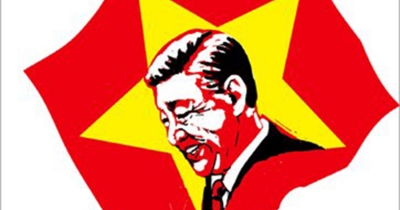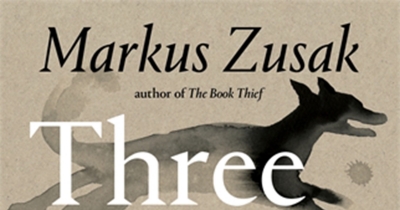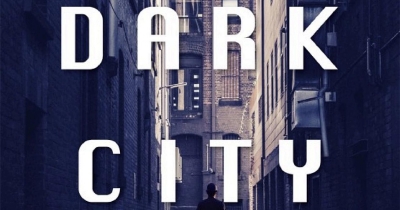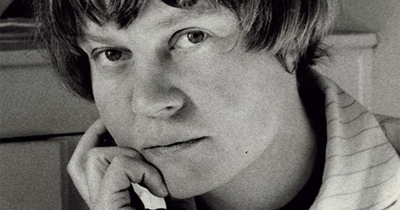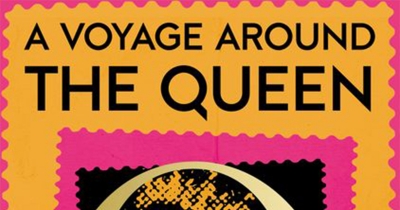A Voyage Around the Queen begins with the announcement in the London Gazette on 21 April 1926 of the birth of Princess Elizabeth Alexandra Mary, and ends with a minute-by-minute account of the goings-on in Balmoral on 8 September 2022, Elizabeth II’s last day on earth. The 650 pages in between document the main events of the queen’s life, but the book is not a biography. As with Craig Brown’s earlier Ma’am Darling: 99 glimpses of Princess Margaret (2017) and One, Two, Three, Four: The Beatles in time (2020), what he has put together is closer to mass observation, but it might also be filed under anthropology (‘the whole institution’, said David Attenborough ‘depends on mysticism and the tribal chief in his hut’), psychology (she was ‘the Queen of the British psyche’, says Brian Masters), or even zoology (Virginia Woolf, Hilary Mantel, and Prince Harry have each, independently, compared the royal family to pandas in captivity).
...
(read more)


